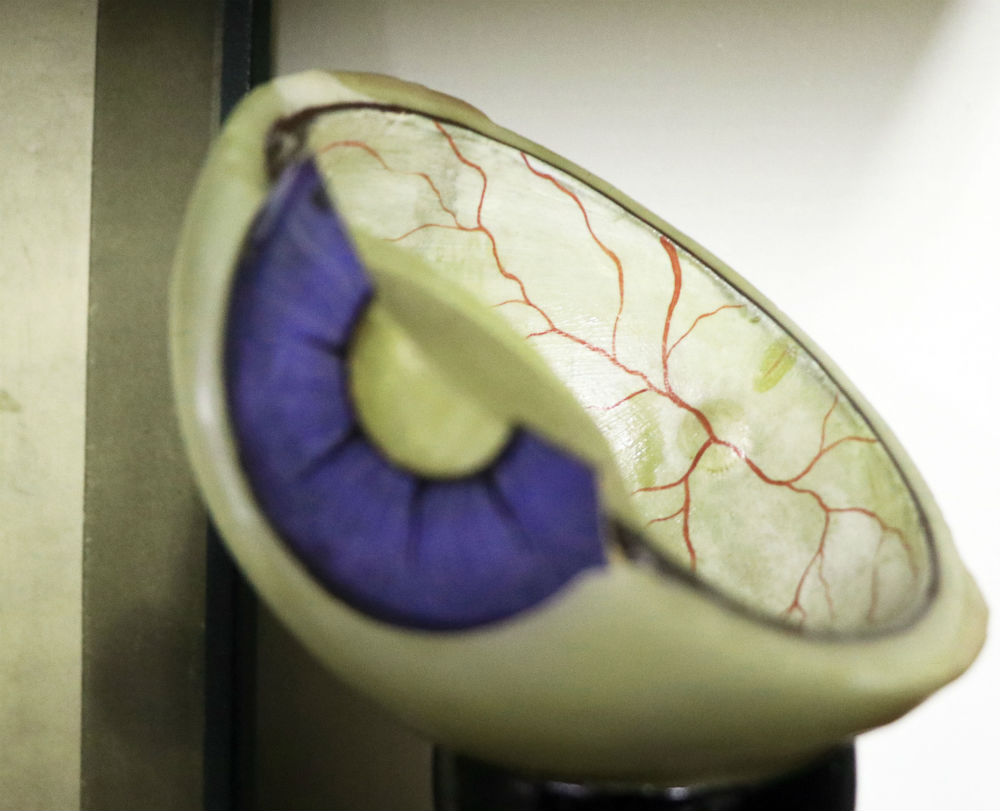The WORLD of Victorian-era medical tuition is to be dissected at a talk at the University of Dundee on Tuesday July 23.
Dr Jessica M. Dandona will discuss how wax models, charts and human specimens were used to teach anatomy to medical students at University College Dundee and the University of St Andrews between 1880–1900.
Dr Dandona, a US-UK Fulbright Scholar and art historian based at Dundee’s Duncan of Jordanstone College of Art & Design, will chart how the two institutions came together to form a medical school, reconstructing what life might have been like for an aspiring doctor from that period.
An Associate Professor of Liberal Arts at the Minneapolis College of Art and Design, Dr Dandona says that her time at Dundee has allowed her to study a wide array of historic anatomical teaching aids.

She said: “The history of anatomy at Dundee means that there is a rich collection of material here, from models by famous makers such as Tramond and Auzoux, to abundant illustrations in textbooks and teaching charts, all of which give us insight into how medical students were taught.
“This was a time when the first non-invasive ways of studying the body, such as radiographs, were also being pioneered, and images functioned in tandem with dissection as privileged ways of understanding the body and its processes.”
The Professor continued: “The way in which people are taught about the human body today is still influenced by how the body was represented in this period – each body part is distinct, with a specific name and function.
“What I find particularly fascinating is how the study of the human body remains an integral part of the University of Dundee’s heritage, from the formation of University College Dundee to today’s Centre for Anatomy and Human Identification and Leverhulme Research Centre for Forensic Science. It has been fascinating to chart the changes over this period.”
The founding of University College Dundee in 1881, coupled with the relatively wide range of hospital facilities in the city, allowed the fledgling institution to begin training doctors. However, in order to award degrees to its students it was established as a faculty of the University of St Andrews, which had struggled with dwindling numbers to keep its own medicine course operating.
When the independent University of Dundee was formed in 1967, the School of Medicine constituted one of its most significant parts and today is recognised as one of the leading destinations in the UK to study the subject.
Dr Dandona’s research as a Fulbright Scholar is part of her current book project, titled The Transparent Woman: Medical Visualities in Fin-de-Siècle Europe and the United States, 1880–1910, while an exhibition curated by Dr. Dandona, Artistic Anatomy: The Body in Art and Design Education, 1870-1970, is scheduled to take place at the University next month.
‘Bones, Bottles and Brains – Teaching Anatomy in Dundee and St Andrews 1880 – 1900’ takes place in the University of Dundee’s Carnelley Building from 6–7pm on Tuesday 23 July.
Entry is free but places must be reserved in advance online.
